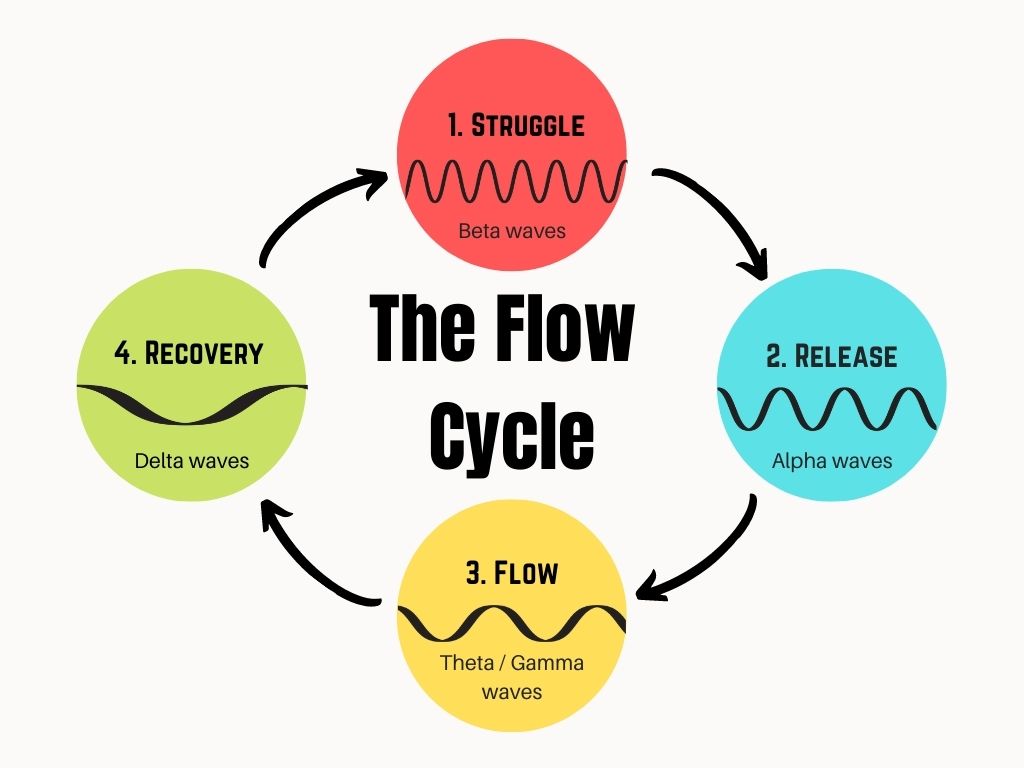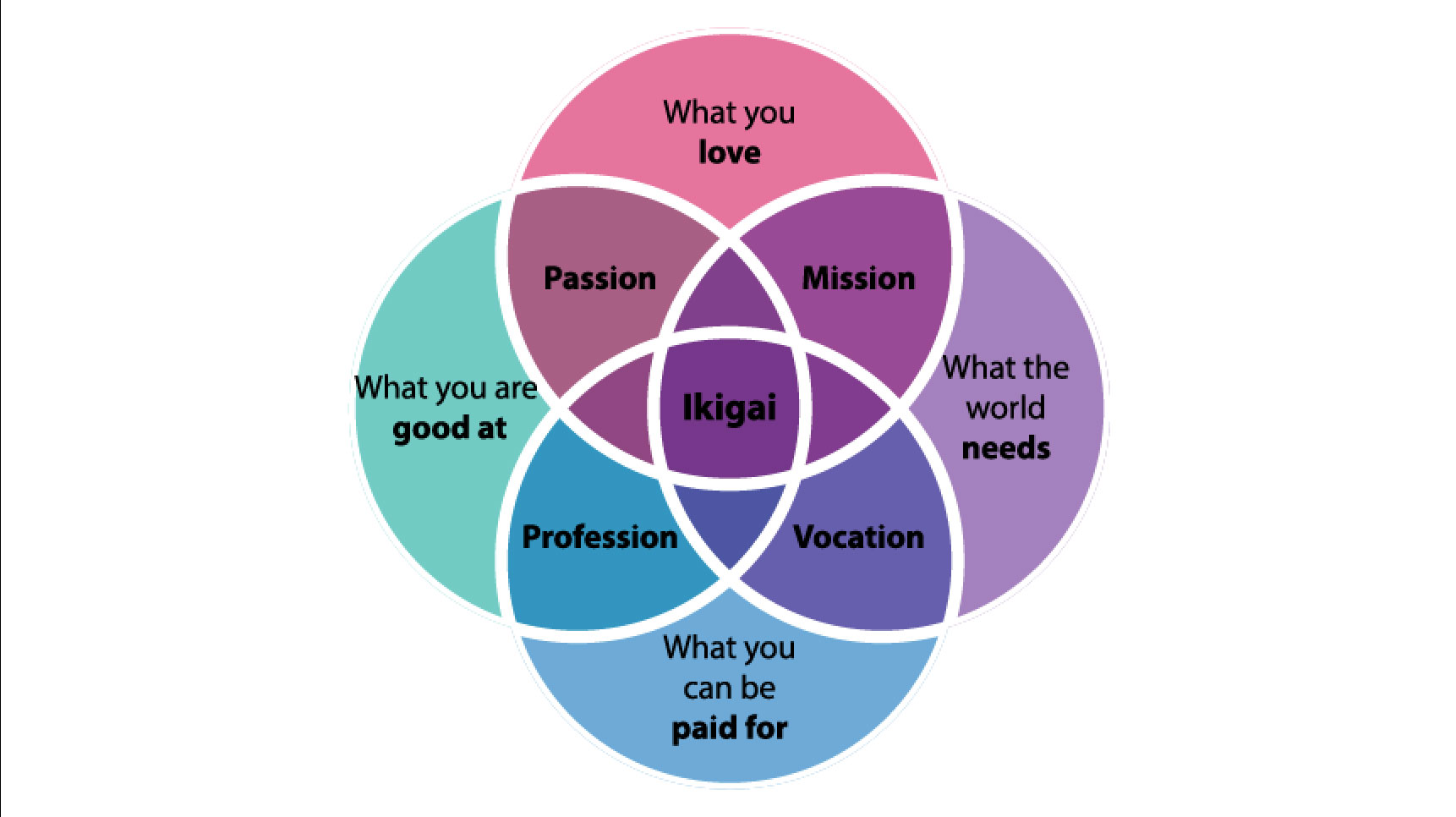You’re reading the very first words of this article, often the most difficult to write for writer’s and artists throughout history.
Franz Kafka notably struggled with writer’s block, describing his inability to make any progress as: “Complete standstill. Unending torments.”
People have also thrown about different remedies for the torments. Everything from freewriting to taking a break to engage in other activities can help.
In the last couple of years we’ve seen another type of tool develop, one that stands to make writer’s block a thing of the past for all who are ready to work with it—generative artificial intelligence.
AI as Your New Creative Partner
The dramatic rise of large language models and generative AI in the last few years has sent shockwaves through many industries, particularly in knowledge work and the arts.
ChatGPT is the most well-known AI tool of the day. It can answer questions, summarise documents, compose articles, and anything else that generally takes place with text.
Image generators such as Midjourney do something similar but in the visual sphere. You can generate a landscape for a game, a cover for your book, patterns for clothing, marketing materials for your business, or design elements for your website or app.
There are also tools being developed in the sound and video domains, making it likely that very soon a novice could spend an afternoon on their computer using AI to produce a full multimedia production.
Here’s a quickbreak down of some of the most well-known models:
They have all opened the doors to new techniques and forms of expression, giving nearly everyone the ability to render vibrant visuals and engaging text.
AI can provide endless inspiration and help you expand your creative horizons. It’s a catalyst for ideas, making it all the easier to overcome writer’s block and avoid burnout.
Human-AI Synergy
Before exploring how exactly you can work creatively with AI, it’s worth highlighting a few examples of others who are using AI to push the creative boundaries of their work and art.
The writer Jennifer Lepp (writing under her pen name Leanne Leeds) has experimented with AI to “incorporate different aids to keep me moving or vary phrasings/ways to say things.”
Several people have used Amazon’s PartyRock AI to give their businesses a boost, from creating a pitch deck for investors to drafting marketing emails and blog posts.
Musician Holly Herndon created a synthetic multivoiced AI model called Spawn, trained on samples of her voice as well as others, and used it on her album Proto.
Back in 2015, Sougwen Chung was working with a robotic arm named DOUG (Drawing Operations Unit: Generation 1), which was programmed on her drawing style, so that they could collaborate on paintings.

Photo and video artist Boris Eldagsen submitted an AI-created image to a photography contest, he won but also rejected the prize and revealed his use of AI, stating that “[t]hey are different entities. AI is not photography.”
Mario Klingemann has been working with neural networks and algorithms for years, his visuals have been presented in museums throughout New York, Paris, and London.
Similarly, Refik Anadol also creates stunning visual works, and had his ‘Machine Hallucinations – Space and Nature’ used at the 65th Grammy Awards. Here he’s the focus of a WIRED video:
Any scan of the web is likely to yield many other interesting uses of AI in creative work and art, and as the technology grows the boundaries are going to get pushed further.
A Word of Caution
A number of the artists just mentioned have experienced different levels of backlash for their reliance on AI. This is all very new, and we’re still figuring out how to use this technology appropriately.
There are many ethical complexities regarding ownership, authorship, and the role of the artist. It’s important to remember that it is a tool, it can make your work easier, but should still be used intelligently.
First and foremost, if you rely on AI to help you along in your projects, you should be open about it. Don’t try to hide the fact, and don’t try to avoid the conversation about how AI was used.
Second, keep yourself in the loop.
If you want to be an artist or a creative, you can’t rely on AI doing everything for you, that kills the point. AI is a smart tool, there to help you realise your vision. Your creativity should clearly shine through.
In a world where everyone has access to the same AI, it’s the individual human that remains the unique and irreplaceable differentiator.
The way that you conceptualise ideas, how you refine them, and all the decisions you make in bringing your project together, help ensure the project is a reflection of your creative mind.
AI can help you realise this, but it can’t do it all for you without sucking your individualism out of it.
Overcoming Mental Blocks with AI
AI is there to help and inspire you at virtually any part of the creative process, from early formulation ideas through to the final analysis.
Whether you’re an artist working on your next piece, an entrepreneur developing a marketing plan, or a coder trying to find a unique solution to a thorny problem, there are useful ways to engage with AI.
Where to Begin
Before you even start with a project, AI has a lot to offer.
You might have some idea of what it is you want to build, a problem you want to solve, or you might only have the desire to make something, but have no idea what that something will or should be.
With some of an idea already in hand, you can have AI help you brainstorm structure, create an outline, formulate a mindmap, and explore related concepts that could make for interesting combinations.
But when you have no idea, AI has no trouble generating them for you. Nudge ChatGPT and it will provide an endless stream of business ideas, art projects, and anything else you might be interested in making.
Ask it to combine different ideas into a unique product or concept, and it happily obliges.
For example, I asked ChatGPT to come up with business ideas that combine pumpkins, sunglasses, Moore’s law, and New York City, here was one of the responses:
I’m not worried about anyone stealing that idea, but from this point you can continue to ask for refinements or iterations, add new constraints or concepts, and find your way to something that really works for you.
Along the Way
AI offers many opportunities for adding style and creative variation to your work.
Artists have been using randomness and odd tactics for injecting novelty into their work for many years, long before the modern wave of AI.
A musician might start haphazardly turning dials and pushing buttons on a synthesiser, just to see if anything unexpected and interesting pops out. A writer might select a sentence at random from the newspaper and use it as the starting point for a story.
AI has made random variation so much easier. Ask it to change the style of the text or art, add a surprising variation, and generate unique narrative twists.
For example, here’s a sci-fi twist on Pinocchio:
No more writer’s block, no more staring at a blank canvas pulling your hair out. Whenever you feel stuck, AI can give you the chance to switch roles from writer to curator and editor.
Get Feedback
Once you have some content or work, you can use AI to get valuable feedback and analysis, and to suggest improvements or alterations.
There are different types of feedback you might want, from grammar and spelling checks, to structural analysis and readability.
Another form of feedback you might want is to have the AI generate feedback from the perspective of your target audience. Or maybe you desire something a bit more creative, asking for feedback in a particular style or with reference to a particular person.
Take this example of a mock Gordon Ramsay critique of Wikipedia’s intro to AI:
The possibilities are seemingly endless, dependent more on your imagination than anything else. When you don’t get the response you wanted at first, you can always ask follow up questions until things start getting better.
The Art of Prompting
The ways in which you can get AI to support your creative output are a function of your ability to prompt it effectively.
By learning how to have quality conversations with the different models, you’ll be able to get higher quality outputs, so it’s worth engaging and experimenting with them to get a feel for their strengths and weaknesses.
Each model will be slightly different, but here are some general tips:
- Be detailed and specific. You will often get better results when you are clear and descriptive, telling it precisely what you want and in some cases what you do not want—rather than asking it to “write a story”, add more context, like “write a story set in the 1800s and with a steampunk theme, featuring an astronaut on a mission to Mars.”
- Add constraints. At times you might want a broad range of possibilities, but often you can get more creative outputs when you set interesting constraints, for example on the word count, format, genre and style, rhyming and metre, colours and shapes, or whatever else you want to use to box the AI in.
- Mix and match. Don’t be afraid of combining disparate and unrelated concepts. You can get some unexpected and creative outputs when you go beyond the obvious and experiment with different concepts.
- Iterate and refine. You can have AI provide multiple outputs for you to choose from, and from there you can ask it to expand and elaborate, condense and summarise, or change those options in any way you want. Don’t settle for the first response.
- Ask for a good prompt. AI can help you get the most out of AI. If you’re not sure how to get one model to provide what you want, use a language model like ChatGPT to provide ways of getting better responses.
Creativity and the Future
There are many ways to integrate AI into your creative process, and use it to push the boundaries of art, business, and life.
While there are still many open questions on the right ways to use it, we should look to make the most of this new technology while keeping the human in the loop.
AI should not be a replacement, but a tool for creative augmentation, something that empowers us to start more successful businesses, produce better work, and inspire a greater sense of awe.
The future of creativity is a collaborative one, now is the time to invite it to the table and learn how to work with it.
- The 10 Best Pomodoro Timer Apps For Remote Workers - April 11, 2025
- Hacking The Flow Cycle: Brainwaves, Creativity and Flow States - April 11, 2025
- 100 Best iPhone Education Apps For Self-Directed Learning - April 10, 2025





 This website uses cookies to improve your web experience.
This website uses cookies to improve your web experience.